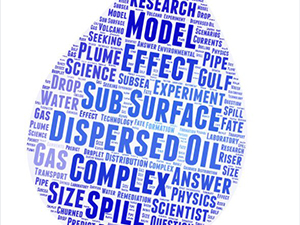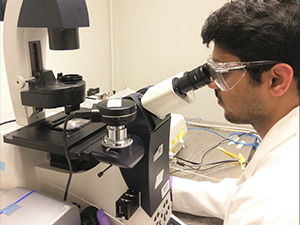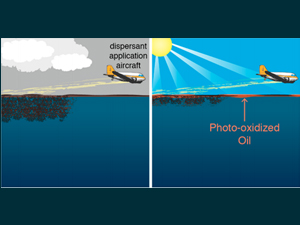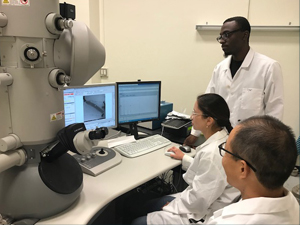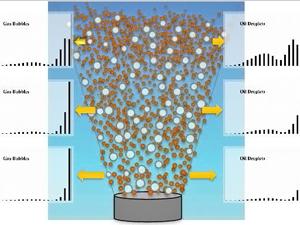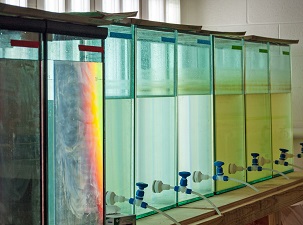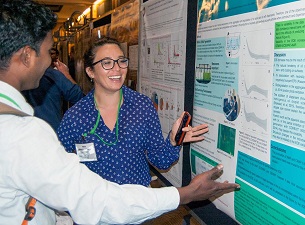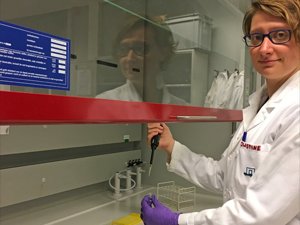PNAS Writer Follows Scientists Seeking to Answer, Did Sub-Sea Dispersants Work?
Scientist and author M. Mitchell Waldrop accompanied researchers, funded by the Gulf of Mexico Research Initiative, as they conducted the largest experimental simulation to-date of the Deepwater Horizon oil intrusion.

